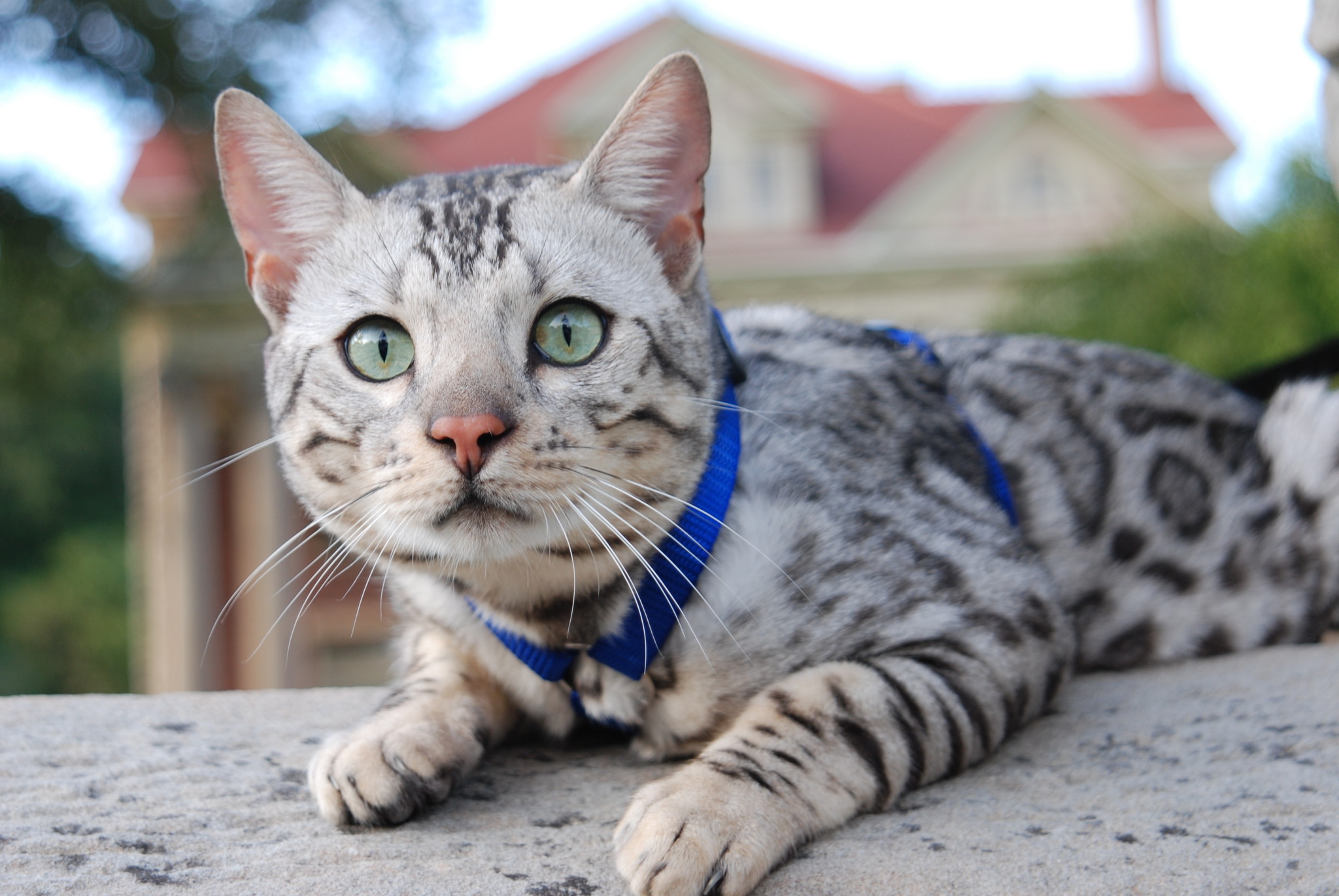Obligate Carnivores and What They Need to Thrive
- Posted on
- By Staff Blogger: Joy Heffley
- Posted in best cat diet, cat health, how to make my cat drink more water
- 0

An Obligate Carnivore is an animal that survives on a diet consisting mainly of meat because it does not possess the physiology to digest vegetable matter. These animals can consume other materials, vegetables or minerals but only for non-nutritional purposes.
Cats Are Obligate Carnivores
You may have heard some of our associates talk about or seen online that cats are obligate carnivores. Sometimes when you hear a word so much it can become almost a noise with no meaning after a while. An Obligate Carnivore is an animal that survives on a diet consisting mainly of meat because it does not possess the physiology to digest vegetable matter. These animals can consume other materials, vegetables or minerals but only for non-nutritional purposes. Unlike dogs and some other omnivores, cats are true obligate carnivores and meet their nutritional needs by consuming other animals. Digestive tracts of cats have become specifically adapted to eating raw flesh. Felines have one of the shortest digestive tracts compared to body sizes of almost any mammal and have lost some metabolic abilities their ancestors had. Prey that is raw is highly digestible for cats because cats don’t have the long gut and fermenting bacteria that herbivores need to digest plants. There's no such thing as a vegan cat.
Water Consumption
Have you ever tried to calculate how much water you would need to consume per day? In general, it is recommended that you should try to drink between half an ounce to an ounce of water per pound you weigh. For cats, however, it isn’t as easy as going to the tap and getting a glass. When a cat's tongue flicks onto the water the top of the tongue is the only part that touches the surface but never breaks the surface tension. They instinctively time the precise moment that inertia overcomes gravity and then traps the water inside their mouths.
Hydration
A dog generates a force eight times that of gravity while a cat generates force only two times the strength of gravity. Due to this cats take most of their moisture from their diet. The lack of hydration in a cat's diet could lead to chronic mild dehydration that will result in the felines getting associated diseases, especially of the cat’s lower urinary tract and kidneys. In the United States alone, dry cat kibble in 2014 was a 3.8 billion dollar business versus cat canned food only being a 2.6 billion dollar business, according to www.statista.com. So cats need more moisture, how can we give it to them?
For starters always having fresh water out for your felines is always a great way to make sure they stay hydrated. When it comes to food there are also many other ways to add moisture to your cat's diet.
- Canned cat foods (ex: Fussie Cat, Tiki Cat, Fromm, Farmina, etc.)
- Cats are very texture conscious animals so trying a canned pate versus chunks or shredded is always a great jumping-off point.
- Adding Raw Goat’s Milk or Bone Broth to food or bowls (adding benefits such as probiotics, anti-inflammatory and more)
- Using Freeze-Dried Raw with hydrating it with Bone Broth or Goat’s Milk
- Raw Food Diet (ex Primal, Tiki Cat, Open Farm, etc, adding a multitude of benefits of the raw diet)
- Adding wet treats to treat rotation (Ex: Churu wet treats or Tiki Cat wet treats etc.)
The bottom line, cats need more hydration. While sometimes getting food for our animals feels as if you’re getting one of everything on a menu just trying different food they might eat is so important. Sometimes they love everything we give them and often times not so much. Our felines deserve the best we can give them to survive and thrive, not just survive.
If you're interested in learning more about raw pet foods stop into The Pet Beastro or check it out here:


Comments
Be the first to comment...